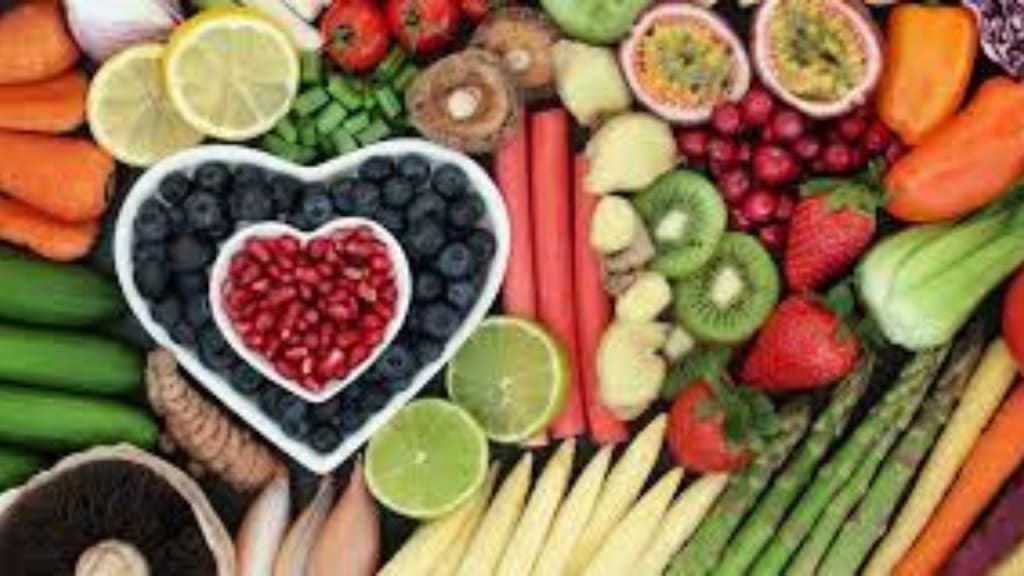The Importance of Calories and Weight Loss
Calories and Weight Loss

1. The Limitations of the Calorie Deficit Model
2. Understanding the Thermic Effect of Food
3. The Impact of Unprocessed Foods on Caloric Burn
4. The Benefits of Whole Grain and Minimally Processed Foods
5. The Distribution of Calories Throughout the Day
6. The Front-Heavy Approach vs. Back-Heavy Approach
The Effects on Hunger, Energy Levels, and Weight Loss
Choosing Satiating Foods to Control Appetite
The Satiety Index and Its Findings
Swapping for More Satiating Options
Sample Meal Plan for Effective Fat Loss
Breakfast: Protein Pancakes
Lunch: Baked Salmon and Asparagus
Snacks: Orange and Protein Shake
Dinner: Baked Chicken and Roasted Veggies
Dessert: Greek Yogurt Parfait
Conclusion
FAQs
Can I still lose weight if I eat processed foods but within my calorie limit?
How long should I follow this meal plan to see results?
Can I customize the meal plan based on my preferences?
Is it necessary to track calories and macros while following this approach?
Can I incorporate cheat meals or treats while on this diet?
If You've Watched Any of My Past Nutrition Videos or Even Attempted a Diet of Your Own, Then You're Probably Aware of the Notion That at the End of the Day for Weight Loss, It's All About Calories In Versus Calories Out
Introduction:
When it comes to weight loss, the common belief is that it boils down to a simple equation: calories in versus calories out. As long as you consume fewer calories than you burn, you will lose weight. This concept, known as the calorie deficit, is based on the basic law of thermodynamics. However, this simplistic model fails to account for the complex ways in which different types of foods can affect weight loss. While calories do matter, the quality and composition of those calories play a significant role in fat loss. In this article, we will explore three key swaps you can make in your diet to optimize fat loss, backed by scientific evidence.
1. The Limitations of the Calorie Deficit Model
The calorie deficit model is undoubtedly a fundamental principle in weight loss. However, it overlooks the fact that not all calories are created equal. The types of foods you consume and how they affect your body can impact your weight loss journey. Research has shown that the body processes and utilizes different foods in distinct ways, influencing variables such as metabolism, satiety, and thermic effect.
2. Understanding the Thermic Effect of Food
The thermic effect of food refers to the energy expenditure required to digest and metabolize the food you consume. Not all foods require the same amount of energy to be processed. Choosing minimally processed, whole foods over their highly processed counterparts can significantly impact the number of calories your body burns during digestion. Studies have shown that unprocessed foods, such as whole grain bread and oats, have a higher thermic effect compared to their processed counterparts like white bread and cereal.
2.1 The Benefits of Whole Grain and Minimally Processed Foods
Not only do unprocessed foods provide more essential nutrients and fiber, but they also offer unique fat loss benefits. Research has demonstrated that incorporating whole grain and minimally processed foods into your diet can increase the number of calories burned during digestion. For instance, individuals who consumed a diet rich in whole grain foods burned approximately 100 more calories per day than those on a diet primarily consisting of refined grains. Over.
About the Creator
Enjoyed the story? Support the Creator.
Subscribe for free to receive all their stories in your feed. You could also pledge your support or give them a one-off tip, letting them know you appreciate their work.





Comments
There are no comments for this story
Be the first to respond and start the conversation.